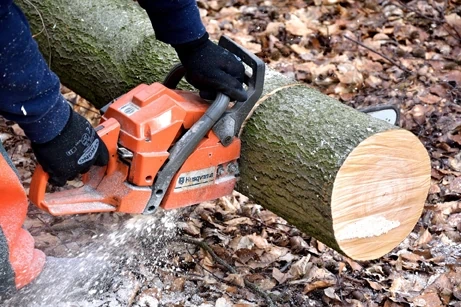(guest post by Sienna Walker)
If you’re about to build a home, you’re definitely excited. A lot of work has gone into establishing your funding and drawing up the floorplans for your own personal paradise. You have a lot of ideas about what you’re going to do and how things are going to look, but you may not have thought much about the land your home is going to sit on. You need to clear that land to build on it, and this presents a unique set of tasks and aspects to manage before your build begins.
- Look Into Your Zoning Laws
Don’t buy the land and assume things will be okay. You may not be able to build there due to restrictions or laws you weren’t aware of when you made the purchase. Don’t get stuck with land you can’t use. Before you purchase land, make sure you’ll be able to clear it and build a residence there with the proper permits. If your land is commercially zoned or connected to some kind of nature preserve, you may be permitted from clearing trees or digging pipes into the ground. Make sure you’ll have free license to do what you please with the land once you have it.
- Using the Right Machinery
If you don’t want to outsource the job to professionals who are experienced in clearing land and have their own equipment, you’re going to need to learn what you’re doing. It’s never as simple as getting a bulldozer and plowing everything down. Large trees in the center of the property may require special machinery. You’ll also need to be able to plan for pipes and perhaps even underground fiber optic lines for your internet. Everything needs to be thoroughly cleared with the proper equipment.
- Finding Water
Septic systems, sewer connections, and wells need to be figured out. Before you buy the land, look at planning maps to determine what you’ll need to do for water connections. This can drastically affect your budget. If you need to lay a lot of pipes and pay for connections, you could be spending thousands more than you initially anticipated. If you have to remove complicated root systems, clearing costs may exponentially increase as well.
- Saving Some Nature
You probably want to keep some trees on your property. You might want to start a garden or grow some trees of your own. Some of the trees will pose a risk to your property. Dead trees can easily come down in a storm, falling on your home or your powerlines. These trees need to be removed, even if they don’t get in the way of the structure. Figure out what nature is safe to save so you don’t wind up with a bald yard.
- Keeping The Boundaries Clear
Land boundaries aren’t always clear. You’re going to need a map to tell you where your property ends and begins. You’ll need to be careful to avoid clearing property that doesn’t technically belong to you. If you need to clear further for some reason, you might need to purchase additional land or obtain more permissions before you start clearing. Make sure your boundaries are clearly taped off to prevent workers from inadvertently tampering with land you don’t own. You can use these lines to erect your fence.
- What Will You Do With Debris?
You’re going to need to get rid of the rocks, roots, and trees that you’ve cleared. Green waste doesn’t fare well in landfills. The decomposition of organic materials creates a lot of methane gas that’s bad for the environment. Find a company that specializes in green waste disposal. Figure out where things will go when you’re done with them.
Once you have a perfectly primed canvas, it’s time to start building the home of your dreams. Make sure you clear things the right way, and you won’t run into any hang ups during the building process.
About the author: Sienna Walker is a traveler, a green living enthusiast and a financial blogger, currently supporting BizDb. Interested in unique ways of both earning and saving money, Sienna is often found online, sharing her tips about career improvement, household management and earning additional income. Feel free to reach out to her on @SiennaWalkerS.






